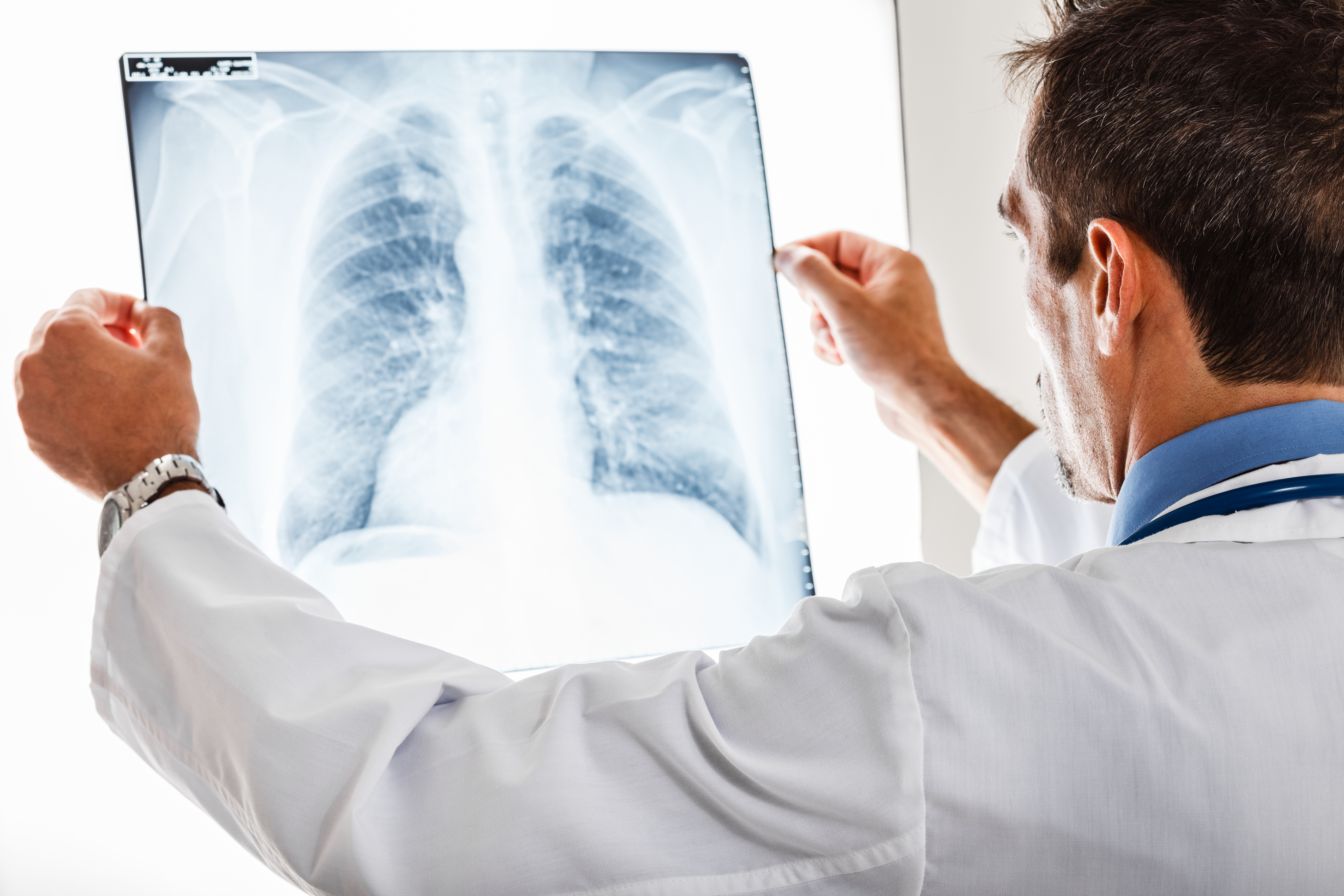More data on the omicron variant are slowly trickling in as scientists and medical experts continue to examine the strain rapidly spreading in many parts of the world. The latest of which sheds light on how omicron thrives in the body.
Classification Of COVID-19 Cases
Since the pandemic started, medical experts have been classifying COVID-19 patients based on the manifestations of symptoms in their bodies. Depending on the severity of the symptoms, cases are classified as critical, severe, moderate, mild, and asymptomatic.
People who experience serious symptoms are classified as severe or critical. Those who have several but less severe symptoms are grouped under moderate or mild. Meanwhile, those who do not manifest any symptoms but still tested positive for SARS-CoV-2 are considered asymptomatic.
Most young and healthy individuals are likely to fall under the asymptomatic or mild category. However, there are still some young people who got sick of COVID-19 and have died due to underlying conditions and other medical reasons, according to the health-centric website Patient.
Role Of Young People In Omicron Wave
As COVID-19 continued to wreak havoc, the coronavirus rapidly gave birth to newer variants with every mutation. It paved the way for the delta variant to become the dominant strain in many places, including the U.S. However, the scientific community is now wary of a possible takeover by the omicron strain, which was first detected in South Africa in November and was designated a variant of concern in the same month.
As a new strain, not much is officially known about omicron. Medical experts are still in the process of examining every aspect of the variant, while epidemiologists are still analyzing how omicron spreads. Based on the latest data from public health organizations, the variant has already penetrated 77 countries less than a month after it was detected.
Data from Denmark showed that the omicron wave is being driven by the “young, healthy, and vaccinated” population. More than 70% of omicron cases have been reported among individuals younger than 40, according to the World Health Organization (WHO).
“Generally those first cases are in relatively young, relatively healthy and – in the context of Europe – in relatively highly vaccinated groups,” the WHO senior emergency officer Dr. Catherine Smallwood told the U.K.’s Telegraph Monday.
How Omicron Thrives In The Body
Since omicron was first detected, experts have been saying that the variant causes a milder form of the COVID-19 infection based on the patients they examined. Experts in South Africa also alluded to omicron being a strain that could be targeting the younger population because most of the initial cases were young and healthy people.
There is no official data on asymptomatic cases yet. Considering how initial reports showed that omicron was common in young and healthy patients, it wouldn’t be a surprise if there were more asymptomatic cases with this variant.
A new study from the University of Hong Kong, which is still under peer review for publication, revealed that omicron has more complex pathogenesis than the delta variant. Compared to delta, omicron was found to thrive in the airway passages instead of the lungs. The scientists behind the study said that omicron multiplies 10 times slower in the lung tissues and multiplies 70 times more quickly in the airways compared to the original version of SARS-CoV-2.
According to the researchers, their findings could explain why omicron spreads faster between humans than the previous variants. However, since omicron replicates at a lower rate in the lungs, this could explain the lower disease severity.
Since asymptomatic cases do not manifest symptoms, it’s a bit of a challenge to identify how omicron is transmitted rapidly. A study published online in the journal JAMA Network Open said that about 40.5% of confirmed COVID-19 infections were asymptomatic. The figure is based on the data collected from North America, Europe, and Asia.
“The high percentage of asymptomatic infections highlights the potential transmission risk of asymptomatic infections in communities,” Min Liu and his colleagues at China’s Peking University said in their study. They also noted public health officials should also screen for asymptomatic cases to help control the overall situation.
















